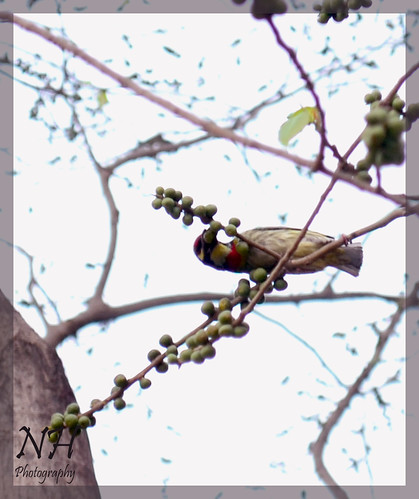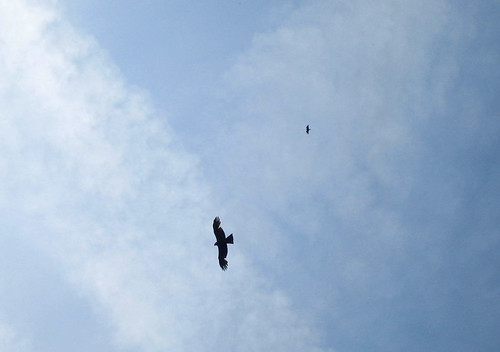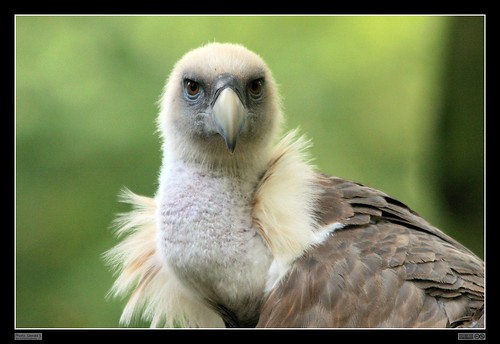Bird
Image by Nazmul Hossain [ON/OFF]
2012 © Nazmul Hossain
All contents are copyrighted!!
Don't use this image anywhere without permission.Using any of my pictures without permission is illegal. If you want to use any of them, please contact by email at m2nazmul@gmail.com.
Connect me on Facebook View my gallery at National Geography
birds and blackberries
Image by mararie
picture taken near the etruscan graves of castel viscardo, with a lensbaby muse + creative aperture
birds
Image by simonsterg
The usual far-away pictures of these. The closer one is, I think, the one that has the big noisy nest in the tree next to our house. My bird knowledge is very limited - pigeon, sparrow, crow... so can anyone tell me from that what bird it is??
Eurasian Griffon Vulture / Gänsegeier (03)
Image by Georg Schwalbach (GS1311)
The Griffon Vulture or Eurasian Griffon Vulture (Gyps fulvus) is a large Old World vulture in the bird of prey family Accipitridae.
The Griffon Vulture is 93–110 cm (37–43 in) long with a 230–269 cm (91–106 in) wingspan, and it weighs between 6 and 13 kg (13.2 and 29 lb). Hatched naked, it is a typical Old World vulture in appearance, with a white bald head, very broad wings and short tail feathers. It has a white neck ruff and yellow bill. The buff body and wing coverts contrast with the dark flight feathers.
Like other vultures it is a scavenger, feeding mostly from carcasses of dead animals which it finds by soaring over open areas, often moving in flocks. It grunts and hisses at roosts or when feeding on carrion.
It breeds on crags in mountains in southern Europe, north Africa, and Asia, laying one egg. Griffon Vultures may form loose colonies. The population is mostly resident.
(Wikipedia)
- - -
Der Gänsegeier (Gyps fulvus) ist ein großer Vertreter der Altweltgeier (Aegypiinae). Das stark zersplitterte Verbreitungsgebiet umfasst große Teile der südwestlichen Paläarktis, nach Norden reicht das Areal bis in das südliche Mitteleuropa. Die Art übersommert seit langer Zeit regelmäßig in den Alpen und fliegt wohl vor allem bedingt durch eine starke Bestandszunahme in Südeuropa in den letzten Jahren im Sommer verstärkt auch in das nördliche Mitteleuropa ein.
Der Gänsegeier zählt zu den großen Altweltgeiern. Die Körperlänge beträgt 93 bis 110 cm, die Spannweite 234 bis 269 cm. Die Tiere wiegen 6,2 bis 11,3 kg. Die Art zeigt keinen Geschlechtsdimorphismus bezüglich Färbung, Größe oder Gewicht. Drei in Italien und Salzburg erlegte Männchen wogen 6,2 bis 8,5 kg, fünf Weibchen 6,5 bis 8,3 kg, im Mittel 7,48 kg. Männchen aus Europa hatten Flügellängen von 684–735 mm, im Mittel 708,7 mm, Weibchen aus dem selben Raum 690 bis 750 mm, im Mittel 707,7 mm.
(Wikipedia)
Tidak ada komentar:
Posting Komentar